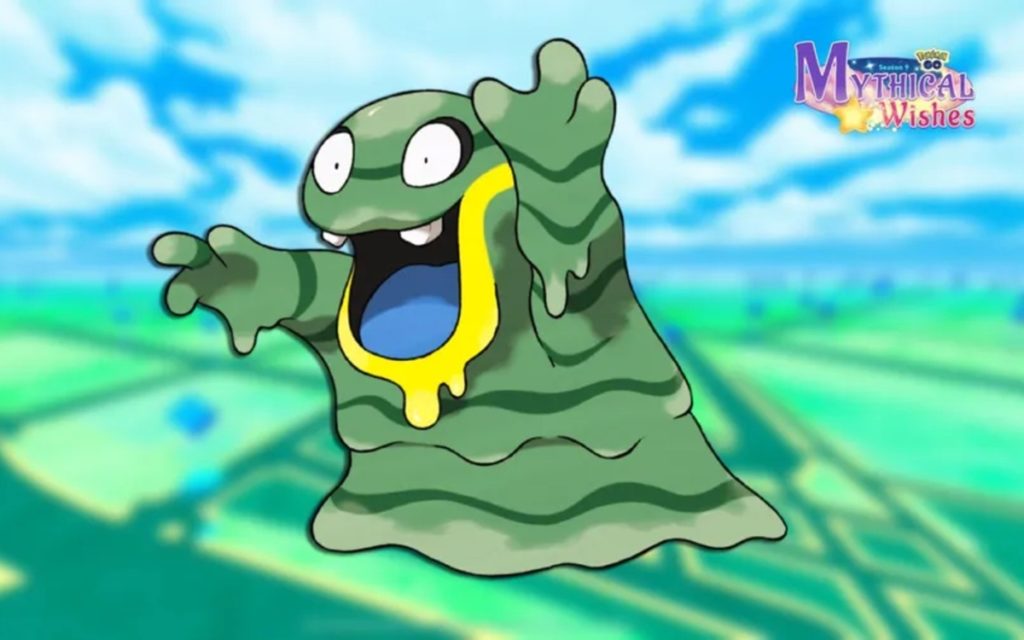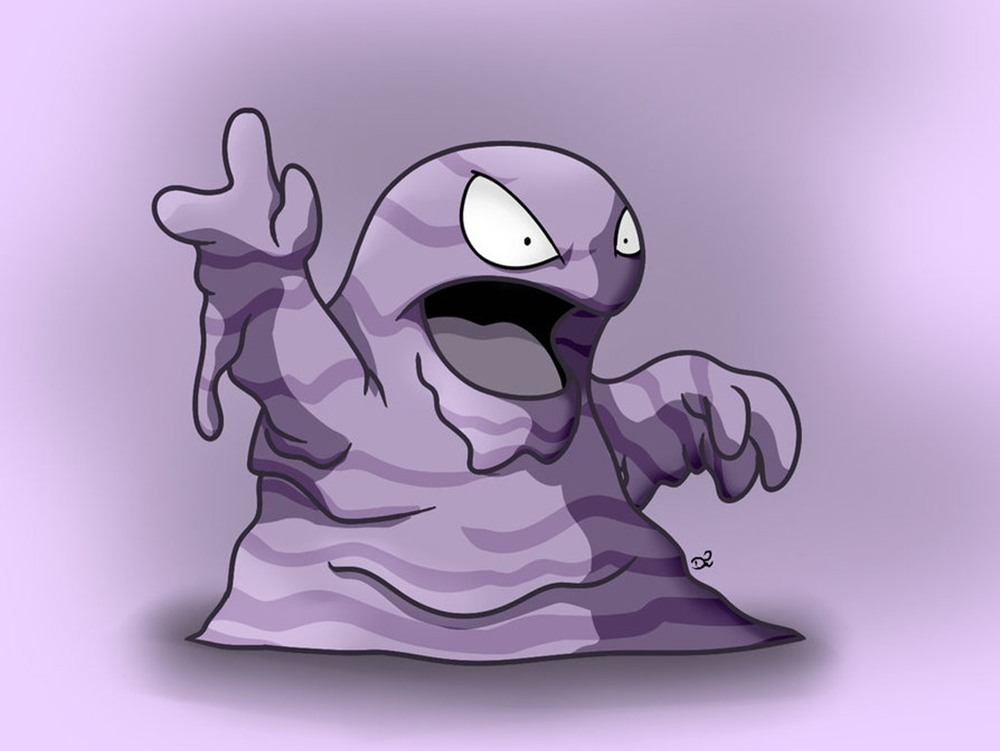The Pokémon universe is rife with fascinating creatures, each possessing unique characteristics and abilities that set them apart. Among these captivating entities is Grimer, a Poison-type Pokémon hailing from the inaugural Generation I. Grimer’s distinctive depiction as a creature thriving in polluted locales offers a meaningful critique of environmental degradation, thereby imparting an eco-conscious message within the gaming narrative. So, what level does Grimer evolve?
As Grimer evolves into the formidable Muk, it presents trainers with a potent ally. This in-depth article explores Grimer’s life-cycle, its significance within the Pokémon ecosystem, its storied history, and the profound real-world parallels it draws.

A Detailed Dive into Grimer’s Evolutionary Journey
The first step in the transformative journey of Grimer into Muk is the successful capture of a Grimer. Depending upon the version of the game you’re engrossed in, Grimer can be found in a variety of locales, often those symbolizing pollution or waste.
Once Grimer is a part of your team, it needs to be engaged in battles to accrue experience points (XP). Grimer gains XP each time it participates in and wins battles, contributing to its overall development. XP can also be awarded through the usage of special items like Rare Candies. Certain games in the franchise offer an “Experience Share” feature, enabling all Pokémon within a player’s team to gain XP, even if they don’t actively partake in battles.
The moment Grimer reaches level 38, it commences its evolution into Muk, its stronger, more resilient form. Trainers wishing to delay this transformation can interrupt the process during the evolution sequence. While Muk generally boasts superior stats, Grimer may have access to certain moves earlier, prompting trainers to strategically postpone evolution.
Grimer’s Significance in the Pokémon Universe
Grimer, a gooey, Poison-type Pokémon, holds a unique and significant place within the expansive Pokémon universe, serving not only as an ally in battle but also as an environmental symbol.
Battlefield Relevance
On a purely tactical level, Grimer and its evolved form, Muk, offer trainers a robust Poison-type Pokémon option. Grimer’s poison abilities can be leveraged effectively in battles to inflict status conditions on opponents, which is often a game-changer in close contests. Additionally, when Grimer evolves into Muk at level 38, it gains a notable boost in its combat stats, making it a formidable adversary or ally in battles.
Ecological Symbolism
Beyond its tactical use, Grimer embodies a deeper, more poignant message. Grimer’s very existence is tied to pollution and waste, as it is often found in highly polluted areas and garbage dumps. This ties into real-world concerns about environmental pollution, waste management, and sustainability. Grimer’s habitat preferences and diet (it consumes pollutants) can be interpreted as a critique of societies that produce substantial pollution and waste.
Reflection of Societal Issues
Interestingly, Grimer’s design and characteristics can also be seen as a reflection of the time when it was first introduced. The original Pokémon games, where Grimer debuted, were released during the 1990s. This period saw heightened global awareness about environmental issues, including pollution and waste disposal.
Grimer can be seen as a manifestation of these concerns within the game’s narrative, symbolizing the impact of pollution on nature and the emergence of life forms adapted to (and even thriving in) polluted environments.
Contribution to Lore
Grimer, along with Muk, forms an integral part of the Pokémon universe’s rich lore. As part of the original 151 Pokémon introduced in Generation I, it holds a nostalgic place in the hearts of many longtime fans. Its distinctive concept and design contribute to the diversity and depth of the Pokémon species, reinforcing the universe’s creative breadth.

Delving into Grimer’s Historical Roots
Grimer boasts a rich historical backdrop that contributes to its allure within the Pokémon universe. As part of the original 151 Pokémon introduced in Generation I, Grimer and its evolved form, Muk, hold a special place in the hearts of longtime fans.
Grimer’s design is deeply influenced by global concerns about pollution prevalent during its inception, rendering it a relatable figure for many enthusiasts. This nexus between the gaming world and real-world challenges has cemented Grimer’s unique place in Pokémon lore, adding depth to the overall narrative.
What Level Does Grimer Evolve: Conclusion
From its humble beginnings as a Grimer to its potent evolution into Muk, this creature’s journey in the Pokémon universe is a tapestry of intriguing battles, strategic gameplay, and powerful symbolism. Grimer stands not just as a testament to the ingenuity of the Pokémon universe, but also as a reflection of the pressing environmental concerns we face today.
Its life-cycle provides trainers with a rich gaming experience, while its historical context and environmental symbolism offer a deeper understanding of the world around us. Grimer’s enduring relevance in the Pokémon franchise highlights the masterful blend of fun, narrative depth, and real-world resonance that has defined and will continue to define Pokémon’s global appeal.











